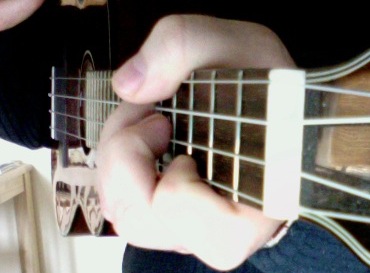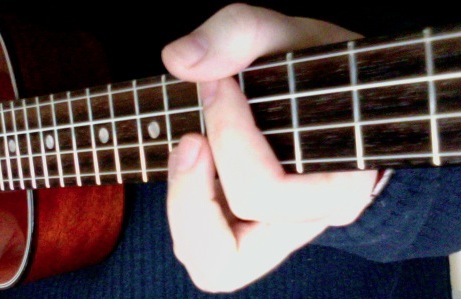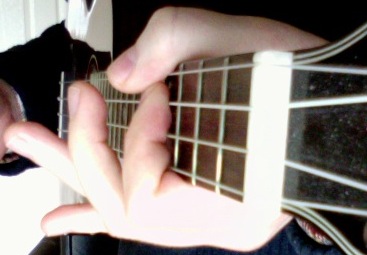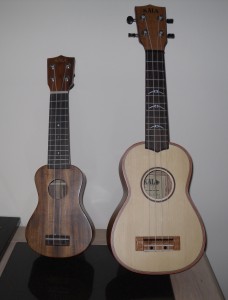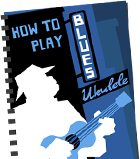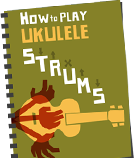This Facebook group is trying to get Tiny Tim inducted into the Ukulele Hall of Fame. I’m not quite sure of the Ukulele Hall of Fame’s status, they haven’t inducted anyone since 2007. Nevertheless, it provokes two interesting topics for discussion. Should Tiny Tim be in the Ukulele Hall of Fame? Who should be in the Uke Hall of Fame? Leave your answers in the comments.
The full line-up for Wukulele has been announced. And it’s the best uke festival line up this year. Bob Brozman is the big draw and there are plenty of Uke Hunt favourites including The Bobby McGee’s, Sophie Madeleine, The Half Sisters and The Re-entrants. Another interesting act on the bill is Richard Durrant a classical guitarist responsible for this bit of BBC ukery.
Ralph Shaw’s Ukulele Entertainer continues to be the best ukulele blog on the net. Recent must reads include posts about polar exploration, pain and why watching YouTube can be destructive.
Hester Goodman from the Ukulele Orchestra of Great Britain has recorded a solo album and you can hear a few tracks on her MySpace. Via UOGB Fans who also have news that the Ukes will be playing with Jake Shimabukuro next year.
On the subject, Jake has some interesting things to say about the uke’s missing bass notes and the Ehime Maru. And according to Jake, his brother Bruce Shimabukuro is giving away free ukulele lessons via his Facebook.
If my finger-maths are correct this audio story from NPR will be up by the time you read this.
Mel Bay are targetting seniors with their latest ukulele book.
Ukulele shoes? (Thanks Jenny)
Pictures: Greta Garbo on uke, Pinstripe ukulele (much more sympathetic and understated than most ukulele paint-jobs), will play for chocolate

